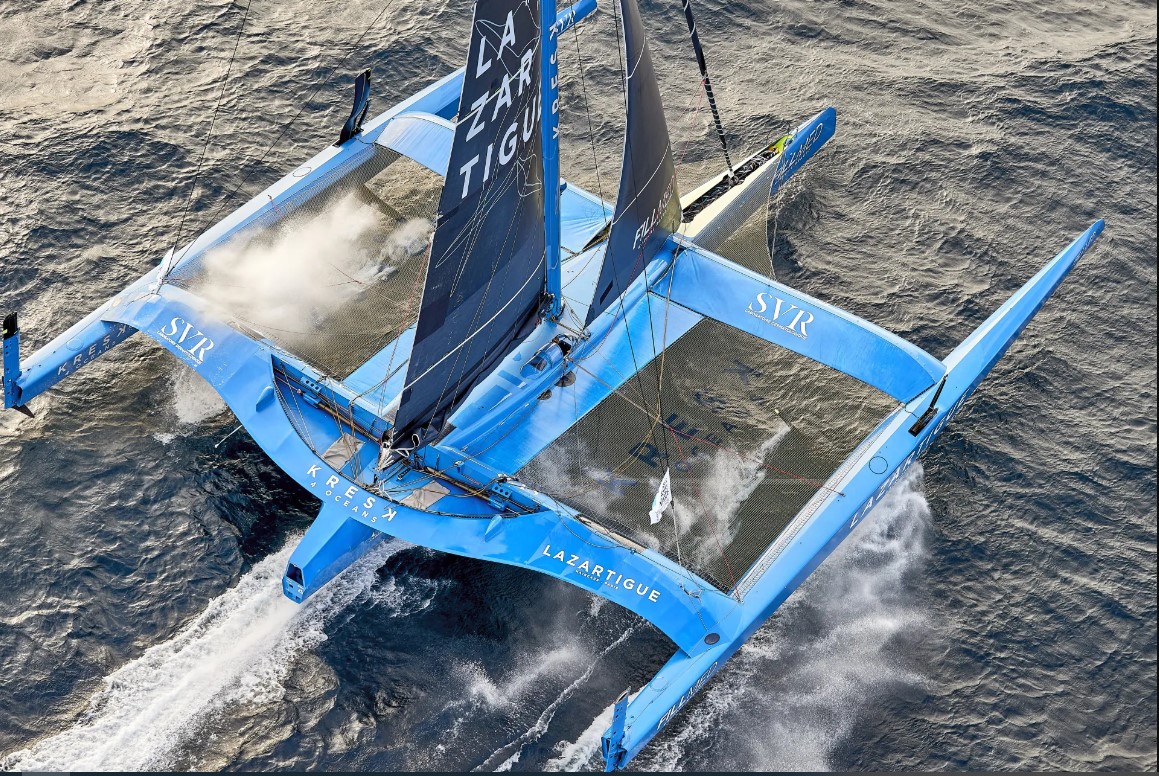The days of the solitary genius or the solo entrepreneur toiling away in obscurity may be numbered. Collective efforts are becoming increasingly important in today’s world, and they’re being spurred on by technology that enhances this model of collaborative work.
Think of the great geniuses in the technology space, the founders of companies whose products you use every day. While the names of certain CEOs and tech wizards might spring to mind, the reality is that none of them made it to celebrity status purely on their own. Particularly in innovative spaces, collaboration is the only true way forward.
As work becomes digitized, and as we are propelled into an era of virtual innovation and global connectivity, technological tools are quickly becoming a necessary part of work processes. Collaborative technologies, like virtual twins and unified platforms, are reshaping the dynamics of teams, companies and even entire industries.
But what exactly is collaborative technology, and how is it transforming the creative space?
The rise of the collaborative mindset
In a world recoiling from the seismic shifts of the COVID-19 pandemic, the significance of technology that facilitates cooperation has become more than apparent. Extended periods of remote work demanded inventive solutions for joint efforts and have, in turn, mandated the acceleration of the integration of collaborative tools within organizational frameworks. The post-pandemic workspace is one that’s both digital and physical, and the innovations that support this must be able to mimic the most organic interactions even in a digital setting.
Among the myriad of technologies surfacing to bridge this gap are virtual twins. At its core, a virtual twin is a science-based digital replica of a living or non-living physical entity which mirrors the behaviors and characteristics of its real-world counterpart. This twin not only gives a visual manifestation of a product or concept but also serves as a platform for dynamic collaboration across distances, disciplines, and even across different versions of reality.
The transition to virtual collaboration signifies more than just a change in medium; it’s a shift in philosophy. It replaces the exclusivity of the “ivory tower” model of creation with a collective, democratic approach where every contributor has a voice. This transformation is revolutionary in industries accustomed to siloed thinking, like fashion, product design and the fine arts.
MerConcept: Taking cooperation to the high seas
One company exemplifying this trend towards virtual collaboration is MerConcept, a French outfit designing boats for ocean racing. By leveraging tools on the 3DEXPERIENCE platform, the company has benefited from a unified environment for synchronizing stakeholders and every aspect of the boat-building process.
Getting a seafaring craft from drawing board to the big blue is a daunting task in any regard, but especially for boats meant to traverse treacherous waters in a racing environment. On average, that end-to-end process takes upward of 150,000 hours and requires coordination of more than 150 collaborators. When team-members are siloed – and especially when they’re trying to work together using a variety of disconnected technological tools – there is plenty of room for things to go awry.

Since MerConcept uses the 3DEXPERIENCE platform on the cloud, their engineers and designers are able to make adjustments to concepts even while out at sea. This capability allows experiential learning and enables adaptations to be made on the fly, so that future vessels will be even faster and more efficient. Skippers and sailors at sea, along with designers and data analysts back on land, can expect smooth sailing knowing they’re adding information, insights and ideas to the same, updated model on the cloud. This seamless collaboration is one of MerConcept’s tools for success.
Enhancing real-time experiences for hyper-personalized results
For MerConcept and other companies, what’s particularly striking is not just the ability to collaborate remotely, but to do so in real-time. This opens the door for hyper-personalization, a tailored approach that adapts to a person’s preferences instantly. Whether it’s designing a custom-made piece of furniture, planning out a city’s traffic system, or creating an ad campaign, the nuanced, quick, and real-time feedback loop found in virtual collaboration is a treasure trove of innovation.
Having that dynamic layer of instant collaboration means that bringing together ideas and welding them together is easier than ever before. One of the blockers in technological collaboration has been the nature of siloed work. When the tools at a designer’s disposal don’t encourage them to work with other creators — or perhaps actively discourage this kind of work — then collective efforts simply won’t happen.
We often think of technology as a tool for making our lives easier, and it very often does. But what works for us as end users also needs to work for the people on the back end who create, code, test, analyze and optimize. Without it, the pace of innovation will slow.
Embracing collaborative tech for innovation’s sake
Imagine a world where a marketer in New York can instantaneously tweak a campaign concept proposed by a graphic designer in Paris, visualized by a 3D modeler in Tokyo, and reviewed by a client in Mumbai. With virtual twins and tools like the 3DEXPERIENCE platform, this intercontinental collaboration isn’t a distant dream—it’s the new reality.
Our journey toward a more collaborative economy is just beginning. By enabling the most organic, in-person interactions in a virtual setting, collaboration can flourish. The boundaries that have prevented cooperation can be erased more easily with tools that can be leveraged to encourage teamwork, regardless of location or language. The end result will be an age of innovation, an outcome that’s positive for creators and consumers alike.

